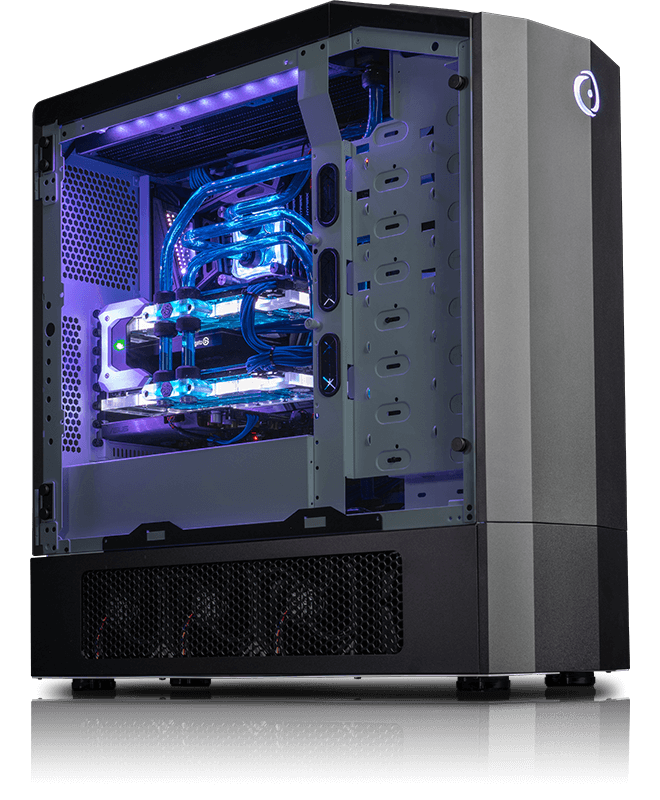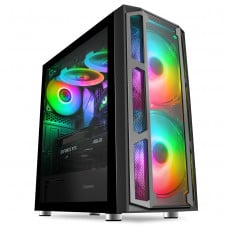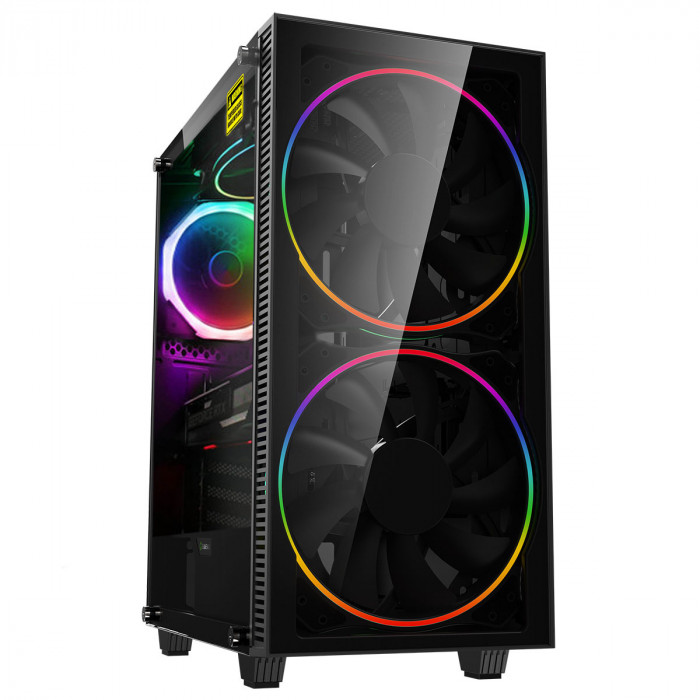Razer Tomahawk Gaming Desktop with GeForce RTX 3080 Founder’s Edition and Intel NUC
Small Form Factor (SFF). Modular design with tool-less sled system. Full-sized GPU support.
COMPACT. MODULAR. PERFORMANCE.
Rethink what a rig should be with the Razer Tomahawk Gaming Desktop—a new breed of gaming desktops & chassis that defies all expectations. Designed around Intel’s Next Unit of Computing (NUC) architecture, its compact form boasts serious specs, yet remains modular enough to meet the ever-raising bar of high-end PC performance.
SMALL FORM FACTOR BUILD
When you think of desktop gaming, you think of one setup—not anymore. Since all mission-critical components are housed within a Small Form Factor (SFF) build, it allows you to enjoy desktop-level performance anywhere, making it ideal for bringing to LAN parties and tournaments. In your home setup, this compact 10L chassis frees up space on your desktop to maintain a minimalist aesthetic with clean lines.
HIGH-END POWER
Beastly PCs no longer just exist in huge, bulky cases. The Razer Tomahawk Gaming Desktop packs a power that belies its size, and hits as hard as the best full towers in the market.
FULL SIZED DESKTOP GPU SUPPORT
Unlike most SFF PCs which are restricted to weaker, low-profile GPUs, you can go all out on performance with the most powerful offerings on the market.
Additional information
| Max inner dimensions | Length: 320 mm / 12.6” |
|---|---|
| STORAGE | 512GB PCIe NVMe + 2TB HDD (5400 RPM) |






Reviews
There are no reviews yet.